News
Paul Toomer: Wreck Head
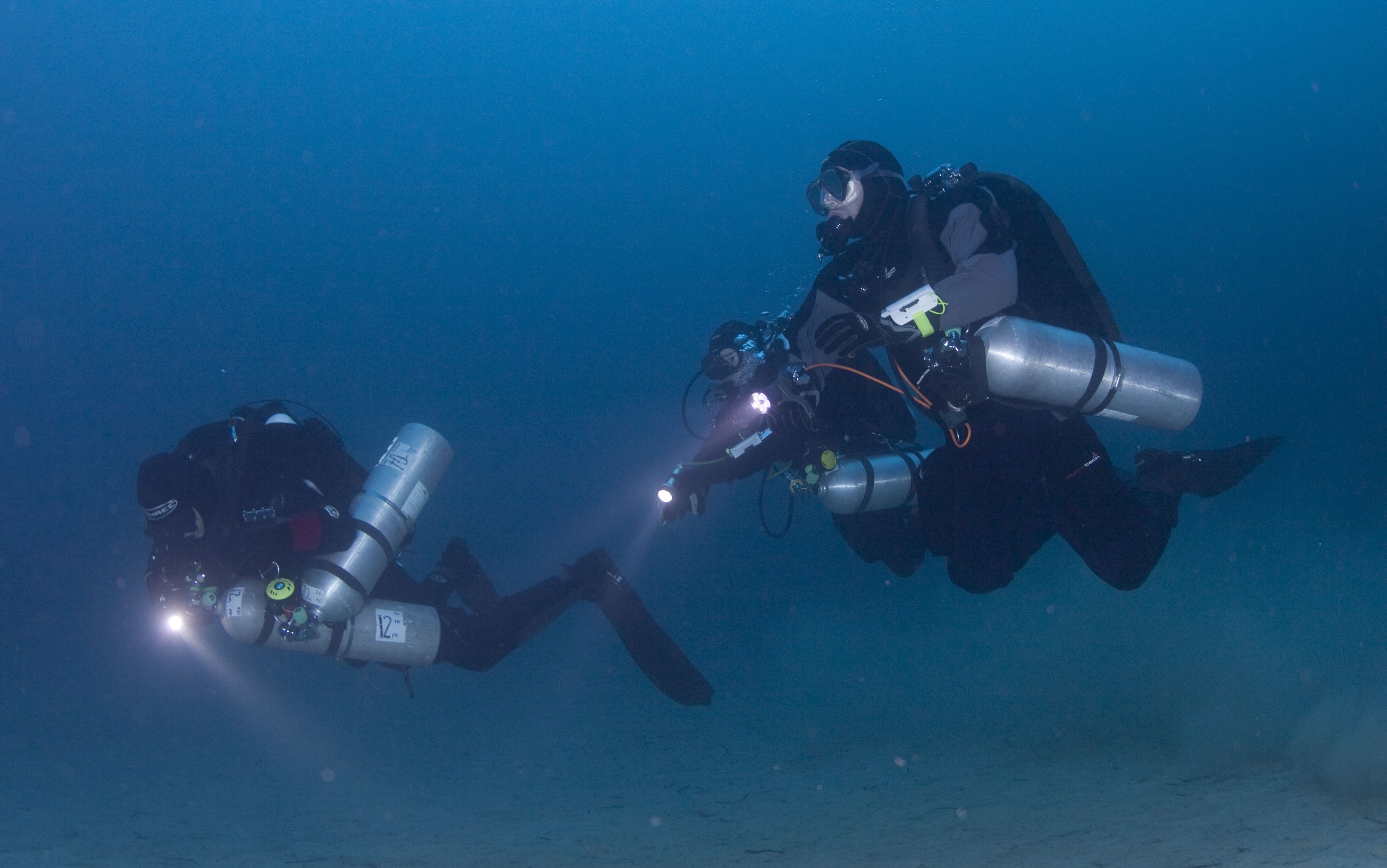
Part 7 – Backup Lights
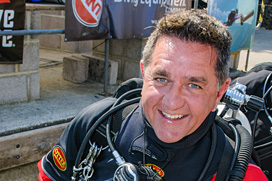 In the last ‘Wreck Head’ I started my discussion on primary lights with a little story about God’s primary light, the sun. Of course it has a cycle that it goes through and after around 12 or so hours in our sky it goes down. We are then plunged into darkness and before house and street lighting we all walked around banging into things and each other. Some of us fell down big holes or walked into bear caves and were eaten alive!!!
In the last ‘Wreck Head’ I started my discussion on primary lights with a little story about God’s primary light, the sun. Of course it has a cycle that it goes through and after around 12 or so hours in our sky it goes down. We are then plunged into darkness and before house and street lighting we all walked around banging into things and each other. Some of us fell down big holes or walked into bear caves and were eaten alive!!!
No, No, No… what utter rubbish. God in his infinite wisdom designed his own backup light so that we could all be safe while he put the sun on a trickle charger overnight. His backup light is the moon of course. Which funny enough is not made of cheese as previously theorised.
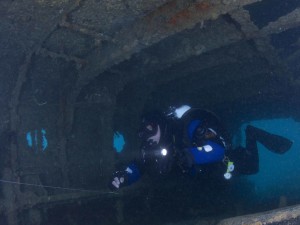 It does not take a rocket scientist (no pun intended) to work out why a backup light system would be a good thing to carry on all penetration dives. Loss of lighting in overhead environments has, unfortunately, been the cause of the untimely demise of a fair few divers. The really sad thing is it’s so easy to setup a backup system. What we want is a backup system that is pretty dependable and easy to use. And divers can’t even blame cost on not having lights anymore as the manufacturers have released backup lights to suit all pockets without jeopardising safety.
It does not take a rocket scientist (no pun intended) to work out why a backup light system would be a good thing to carry on all penetration dives. Loss of lighting in overhead environments has, unfortunately, been the cause of the untimely demise of a fair few divers. The really sad thing is it’s so easy to setup a backup system. What we want is a backup system that is pretty dependable and easy to use. And divers can’t even blame cost on not having lights anymore as the manufacturers have released backup lights to suit all pockets without jeopardising safety.
In this ‘Wreck Head’ we have a look at the design, reasoning behind, and the placement of backup light systems for overhead environment diving.
The most important thing I want from my backup light is… well, light!
Now this sounds daft but look at The Big Guy for example, he made loads of backup lights for us, they are called stars, but you can hardly bask in their light can you? So when I pick a light I want it to project a decent amount of light. I do not need it to be as powerful as my primary light in any way shape or form. I just need to be able to see my guideline, my directional markers, potential entanglement, abrasion hazards and of course the exit which is of paramount importance.
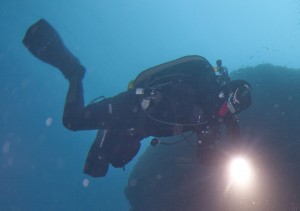 With this in mind, it means we can downscale the size of the backup light. We do not need anything complex and it does not need to be the size of a Winnebago. By downscaling we get pros and cons. The pros are, we can stow the light really easily. Therefore it can be placed in an area where it is super streamlined, easily accessible and easily restowed. The cons are that unless you place it properly it can be a pain to find and if the light is not set up or placed properly it can be easily dropped and lost. Of course the final issue is that small lights have shorter burn times… or do they?
With this in mind, it means we can downscale the size of the backup light. We do not need anything complex and it does not need to be the size of a Winnebago. By downscaling we get pros and cons. The pros are, we can stow the light really easily. Therefore it can be placed in an area where it is super streamlined, easily accessible and easily restowed. The cons are that unless you place it properly it can be a pain to find and if the light is not set up or placed properly it can be easily dropped and lost. Of course the final issue is that small lights have shorter burn times… or do they?
Modern backup light systems use LED (Light-Emitting Diode) bulbs that emit a huge amount while using a relatively low amount of power. LED lights also have an extremely long life with the average LED lasting around ten to twenty thousand hours. In today’s world, buying a backup light that is not LED is quite simply nuts. Hell, do any of the manufacturers make non LED lights?
The ideal backup light needs to be a thin long(ish) cylindrically shaped light with no handle on it. I prefer to have no switches either; I like lights that are turned on by screwing the light head in or out. The problem with having a light with a switch on is that sometimes switches don’t work. However, modern switches are much more reliable than they were just a few years ago.
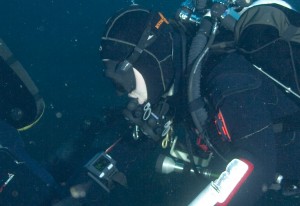 I like the long cylindrical shape as I can fix a single piston clip to the base of the light and have the light hang from my Chest D Ring on my harness. The light needs to be around the same diameter as the width of a piece of webbing. This allows us to secure the light to the webbing using bungee loops or preferably bicycle inner tubing threaded onto the harness. The light must not be too long as it will hang too far towards the diver’s waist making it very uncomfortable to wear. Also, if it is too long, accessing the light will be a lot more difficult.
I like the long cylindrical shape as I can fix a single piston clip to the base of the light and have the light hang from my Chest D Ring on my harness. The light needs to be around the same diameter as the width of a piece of webbing. This allows us to secure the light to the webbing using bungee loops or preferably bicycle inner tubing threaded onto the harness. The light must not be too long as it will hang too far towards the diver’s waist making it very uncomfortable to wear. Also, if it is too long, accessing the light will be a lot more difficult.
So, we hit the wreck with our primary, umbilical, lightsaber, monster of a light that will make those things at Wembley look like Christmas tree lights and a backup. Sorry, big mistake. We take two backup lights with us. Backup lights need to be trustworthy and reliable so the industry standard is to use non-rechargeable batteries rather than rechargeables.
The simplicity is that rechargeable batteries lose their charge quite quickly and sometimes don’t take on charge properly. Sometimes the batteries just die. With non-rechargeable batteries we open a new packet of factory made, one life only batteries, this minimises the chances of any of the above failures. But just to be double sure, we have a second light prepared in exactly the same manner. So if backup light one goes, we simply move to light two.
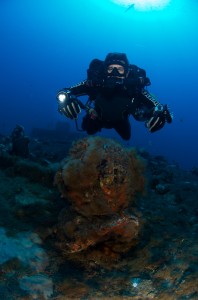 This also gives us a time advantage, as it should take an age to burn two lights out. The second light can also be given to a teammate in the event they have a VERY bad day out and lose all their lighting. My favourite reason for carrying that third light is that it can be tied into the guideline in the event of a lost buddy scenario. The small light ties easily into the line and the search diver can leave the beam of the light facing the exit in case the missing diver returns to the line. What a bloody brilliant bit of lateral thinking by the person that designed this technique.
This also gives us a time advantage, as it should take an age to burn two lights out. The second light can also be given to a teammate in the event they have a VERY bad day out and lose all their lighting. My favourite reason for carrying that third light is that it can be tied into the guideline in the event of a lost buddy scenario. The small light ties easily into the line and the search diver can leave the beam of the light facing the exit in case the missing diver returns to the line. What a bloody brilliant bit of lateral thinking by the person that designed this technique.
Using the backup light is really simple. Both lights are piston clipped to the chest D rings on the left and right sides of the harness. If one has to be used, the diver simply pulls the light free from the bungees or tubing, turns it on and aims it in the direction they want to go. NEVER unclip the light from the D ring – if you drop the light, it stays attached to the D ring and most importantly, YOU! Another great advantage of setting your backup light system like this is that if you have to work with both hands, you can let the light go and it will naturally shine down illuminating whatever you are working with.
And there you have it.
I hope you agree with me now that not carrying a backup light system is quite frankly mad! Simple, cheap, streamlined and easy to use. And let’s face it, they look über cool too!!!
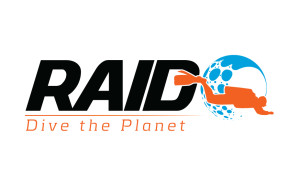 Paul is the Director of Training at RAID. To find out more about the courses that RAID offers, visit www.diveraid.com.
Paul is the Director of Training at RAID. To find out more about the courses that RAID offers, visit www.diveraid.com.
Gear News
Introducing the TR-80, IR-50 and CS-30 Regulators from DYNAMICNORD

Whether you are a beginner or a professional diver – with the three new main regulators from DYNAMICNORD, everyone will find their favourite regulator. They all look super stylish.
Excellent performance with the TR-80
Quality and performance are the be-all and end-all for regulators. It is not for nothing that the TR stands for Tec Reg. The innovative design of the TR-80 guarantees absolute reliability – even in ice-cold waters.

Perfect breathing effort at 0.8 J/l / certified for diving in waters below 10 degrees / structural design made of solid brass for best cold protection / membrane-compensated design with dry seal of the first stage / reduced exhalation effort thanks to optimized exhalation membrane and bubble deflector / adjustable Venturi (dive/predive) and adjustment knob for individual inhalation comfort / innovative design of the front cover prevents free-flow in strong currents or when diving with scooters / design made of sandblasted brass, matt chrome finish / 2 HP and 4 LP outlets / mouthpiece made of high-quality, anti-allergic silicone for maximum comfort.


Amazing underwater adventures with the IR-50
The IR-50 is the top regulator for advanced and experienced divers. Natural breathing is the essence of this regulator.

Ideal breathing effort at 0.8 J/l /certified for diving in waters below 10 degrees / compensated membrane / adjustable venturi (dive/predive) and adjustment knob for individual inhalation comfort/ outlet valve and deflector for minimum exhalation effort and reduction of bubbles on the face / design made of sandblasted brass, matt chrome finish / 2 HP and 4 NP outlets / mouthpiece made of high-quality, anti-allergic silicone for maximum comfort.


The Workhorse – our CS-30
For diving centres and diving beginners – the workhorse stands for strong construction, reliability and robustness. Perfect for your training.

Optimal breathing effort at 0.8 J/l /recommended for diving in waters above 10 degrees / non-compensated piston / adjustable venturi (dive/predive) / outlet valve and deflector for minimum exhalation effort and reduction of bubbles on the face / design made of sandblasted brass, matt chrome finish / 1 HP and 3 NP outlets / mouthpiece made of high-quality, anti-allergic silicone for maximum comfort.


Octopus OP-30
The OP-30 is the ideal addition to all DYNAMICNORD regulators. It is identical in construction to the CS-30.

The TR-80, IR-50, CS-30 (DIN & INT) regulators and the Octopus OP-30 are available from DYNAMICNORD dealers and in the online store.
DYNAMICNORD – Your Outdoor Companion.
Marine Life & Conservation
Paul Watson Released as Denmark Blocks Japan’s Extradition Bid

Renowned anti-whaling activist Paul Watson has been released from custody in Greenland after spending five months in detention. Denmark’s Justice Ministry rejected Japan’s request for his extradition, citing insufficient guarantees that his time already served in custody would be credited against any potential sentence.
The 74-year-old Canadian-American was arrested on July 21 in Nuuk, Greenland’s capital, when his ship docked to refuel. His arrest was based on a 2012 Japanese warrant related to a 2010 encounter in Antarctic waters. Japan alleged Watson obstructed operations and caused damage to a whaling research ship during efforts to disrupt illegal whaling. Watson has consistently denied these claims, maintaining his commitment to marine conservation.
Denmark, which oversees extradition matters for Greenland, concluded that while the legal conditions for extradition were met, the lack of assurances from Japan regarding time-served credit made extradition untenable.
In a video shared by his foundation, Watson expressed gratitude and relief, saying, “After five months, it’s good to be out… and good to know they’re not sending me to Japan.” He added that the most difficult part of his time in custody was being separated from his two young sons.
Watson is a pioneering figure in marine conservation, known for founding the Captain Paul Watson Foundation in 2022 after decades of activism with the Sea Shepherd Conservation Society. His bold efforts to defend marine life have earned him widespread support, including from celebrities and conservationists. His work has also been featured in the acclaimed reality TV series Whale Wars.
Watson’s lawyer, Jonas Christoffersen, praised the decision, stating, “We are happy and relieved that Paul Watson is now free.” He added that Watson is eager to reunite with his family and continue his vital work.
The arrest occurred while Watson’s vessel, the M/Y John Paul DeJoria, was en route to the North Pacific with a team of 26 volunteers to intercept a Japanese whaling ship. His foundation described the arrest as politically motivated and emphasized that Watson’s actions were focused on ending illegal whaling practices.
Japan resumed commercial whaling in 2019 after leaving the International Whaling Commission, asserting that whale meat is a cultural tradition. Conservationists, however, continue to challenge these practices, highlighting their impact on marine ecosystems.
Despite the challenges, Watson remains steadfast in his mission to protect marine life and bring attention to whaling practices. His dedication to ocean conservation has made him a globally respected advocate for the environment.
-

 News2 months ago
News2 months agoIconic SS United States to become the World’s Largest Artificial Reef
-

 News3 months ago
News3 months agoBook Review – 52 Assignments: Underwater Photography
-

 Gear News3 months ago
Gear News3 months agoDYNAMICNORD – New German diving brand enters the British market
-

 News3 months ago
News3 months agoExploring Cenote El Pit: A Diver’s Dream
-

 Gear News3 months ago
Gear News3 months agoTry BARE drysuits (and maybe even win one!) this Friday with Sea & Sea at North West Dive Fest
-

 Marine Life & Conservation3 months ago
Marine Life & Conservation3 months agoBook Review: Coral Triangle Cameos
-

 Blogs2 months ago
Blogs2 months agoDive the Egyptian Red Sea this Autumn with Regaldive
-

 News3 months ago
News3 months ago2024 Ocean Art Underwater Photo Competition Announced











